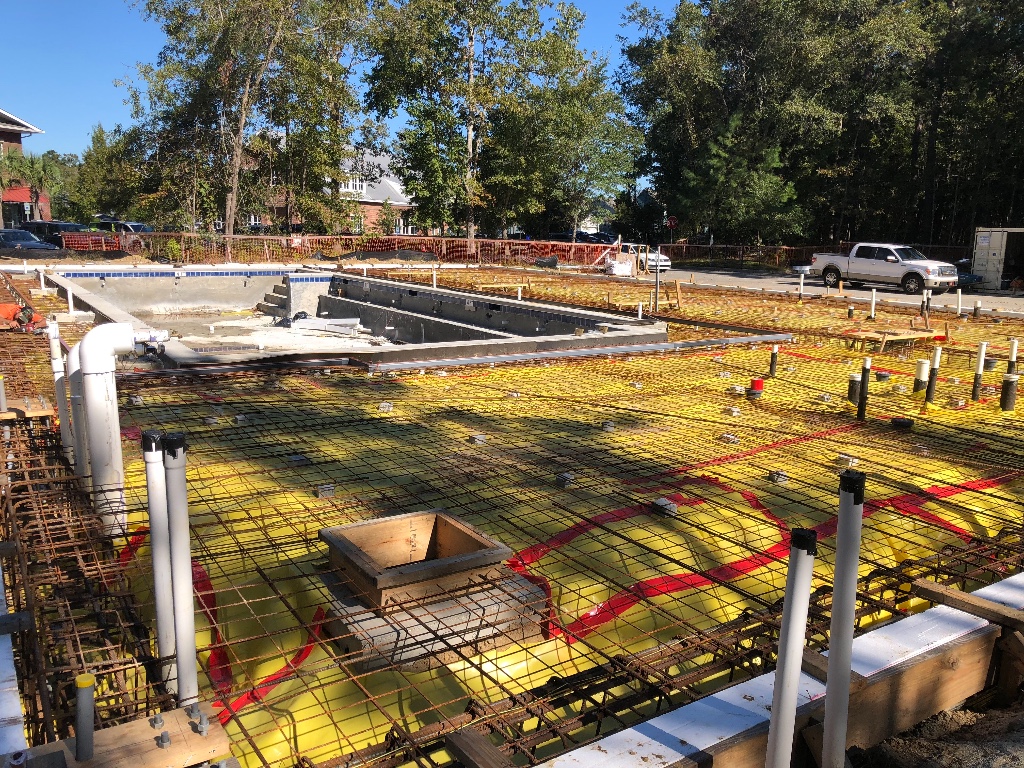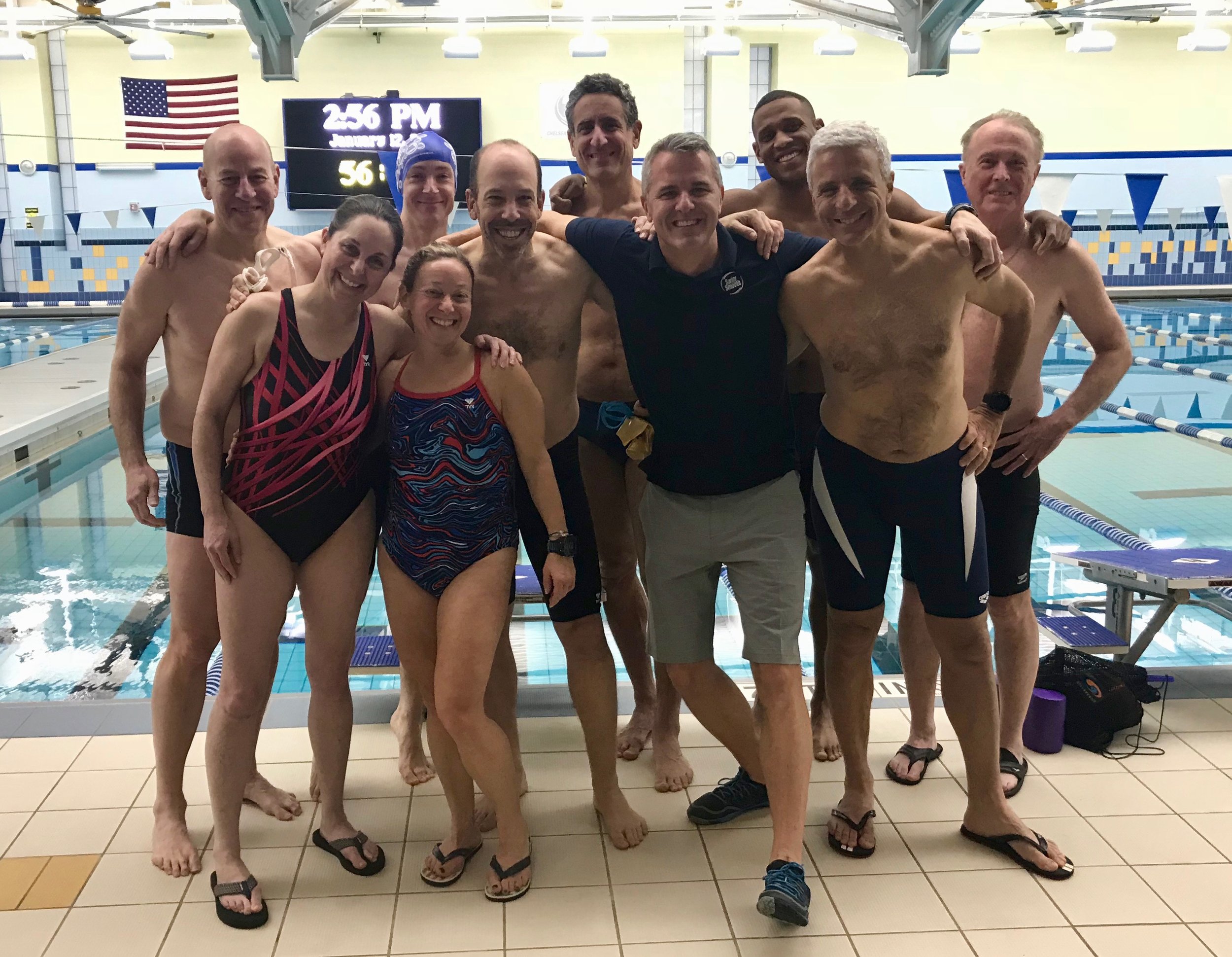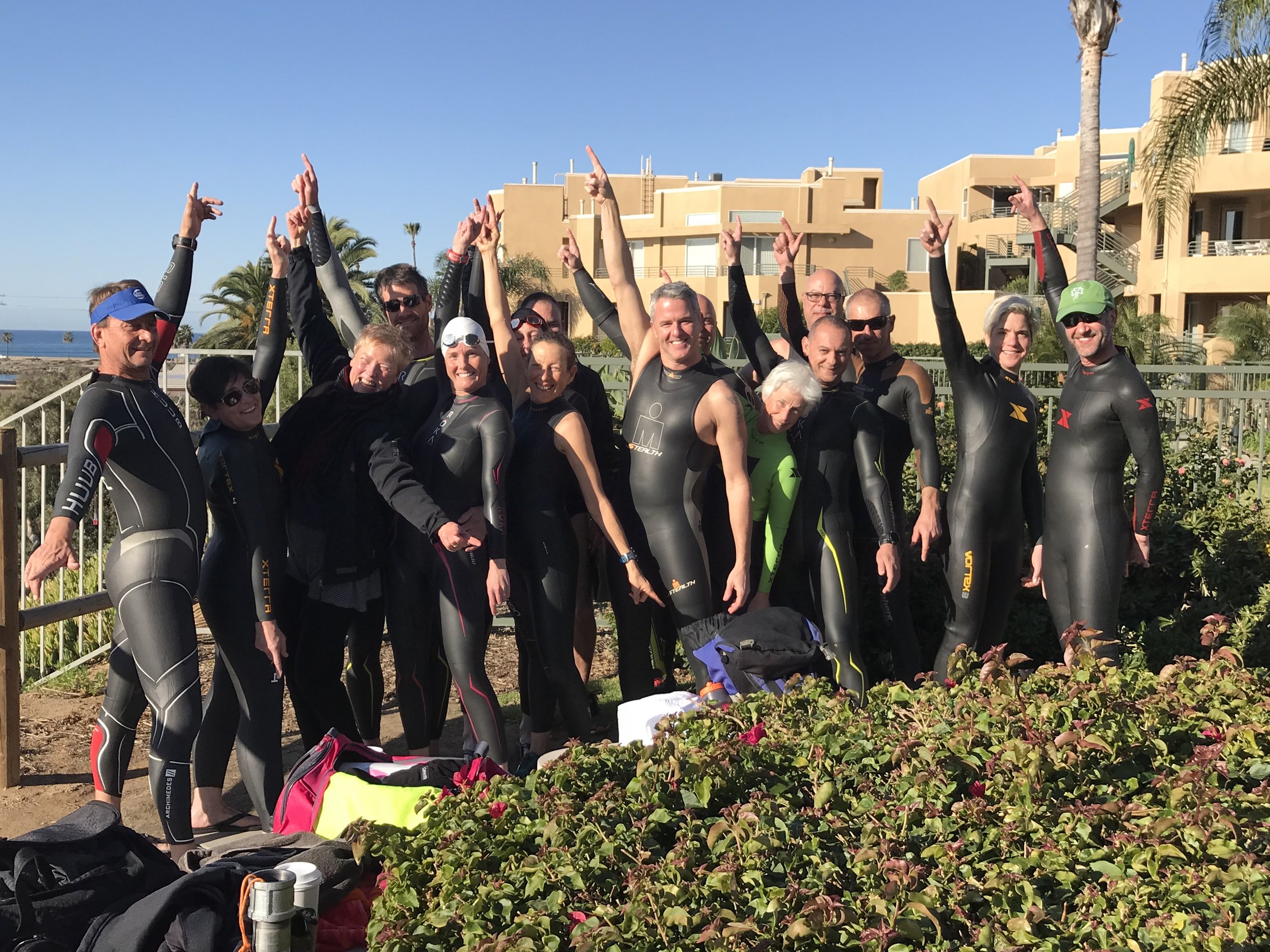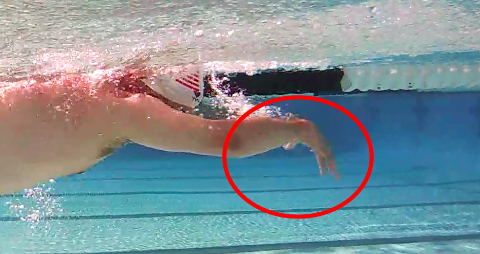Have you ever sabotaged your workout during warm up? Maybe you started a workout and immediately thought:
⁃ I don't have it today
⁃ I feel like I’m swimming in molasses
⁃ My stroke feels like crud
⁃ This is going to be a long practice
⁃ I should have stayed in bed
We’ve all been there. Yet, it’s how we respond to the above negative chatter that will decide the outcome.
When I’m feeling like this the first thing I try to do is lighten up and stop overthinking. It’s just warm up. I remind myself that when warm up is over I'll feel differently than I did when I started, so I try to stay out of my head.
When I was training for the triple crown of open water swimming I sometimes would not warm up until I was 2,500 yards into the practice. Other times I didn’t feel good for the entire practice.
Sometimes you are the hammer and sometimes you are the nail.
On days when I just don't have it, I give myself two options: get out or get technical. I almost always opt for get technical. I grab a toy i.e. fins, paddles, or a pull buoy and focus on one specific aspect of my stroke. Donning fins will make nearly any swimmer faster, but knowing I made my workout physically easier with fins let's me challenge my mind.
For example, if I’m doing 100’s I challenge myself to sneak in a length of kick on side drill and focus on great posture to prevent crossover for the remaining lengths.
Can I perform a length of 616 drill then focus on great rotation through the core?
Can I grab a pull buoy and simply focus on one of the following, exhalation, head position, one goggle in/one goggle out, or try to remove a thumb first entry?
I encourage all my swimmers to listen to their bodies. When you don’t have it, don’t sweat it. Shift the focus to technique and don’t sabotage the opportunity to improve your swimming.
Swim Camp San Diego
I am happy to announce a 2-day Swim Smooth Swim Camp Oct. 21/22 in San Diego, Ca. This will be an incredible weekend and I'm excited to work alongside fellow Swim Smooth Certified Coach John Chipponeri. Register here, SS CAMP SD!































